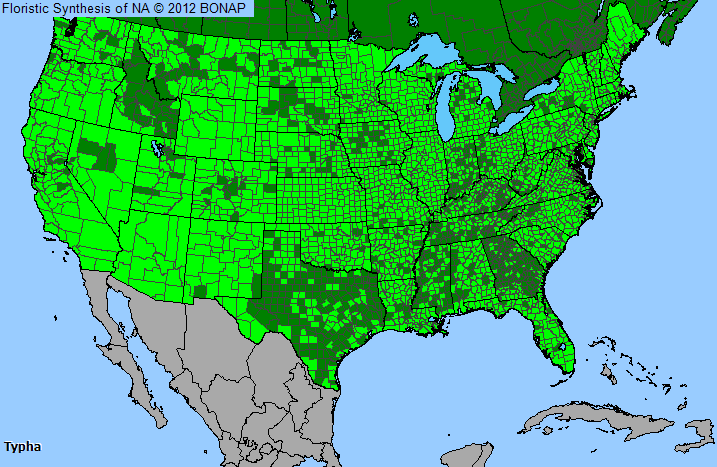
Plant Allergy Overview
Allergenicity
Mild
Pollen Season
Summer
Type
Grass
Sub-Type
Perennial
Allergy Information
Cattails shed a great deal of pollen, and may be allergenic to some people. However, exposure is not typically great enough to be a significant source of allergy to the general public.
Genus Details
Cattails are about 6.6 feet high, with a round stem and long flat leaves. They are well known by their unisexual flowers borne above the leaves. The male flowers (sources of pollen) are located above the female flowers in long, dense, brown structures with a "fuzzy" appearance. The family only contains the genus Typha and the plants are commonly found growing in shallow freshwater areas.
Pollen Description
Cattail pollen grains are either single (Typha angustifolia) or united in tetrads (Typha latifolia). The grains are 1-porate and the pores are generally circular. The exine is reticulate.
Single grains are 20-26 micrometers and pollen grains in tetrads are 40-50 micrometers.
Genus Distribution

The shaded areas on the map indicates where the genus has been observed in the United States.
 - Native, observed in a county
- Native, observed in a county  - Introduced, observed in a county
- Introduced, observed in a county  - Rarely observed
- Rarely observedAllergens & Plants Search
Enter a full or partial species name to find more information on one of over 1,200 potentially allergenic plants.
For example, you can find chenopods searching on "cheno"

